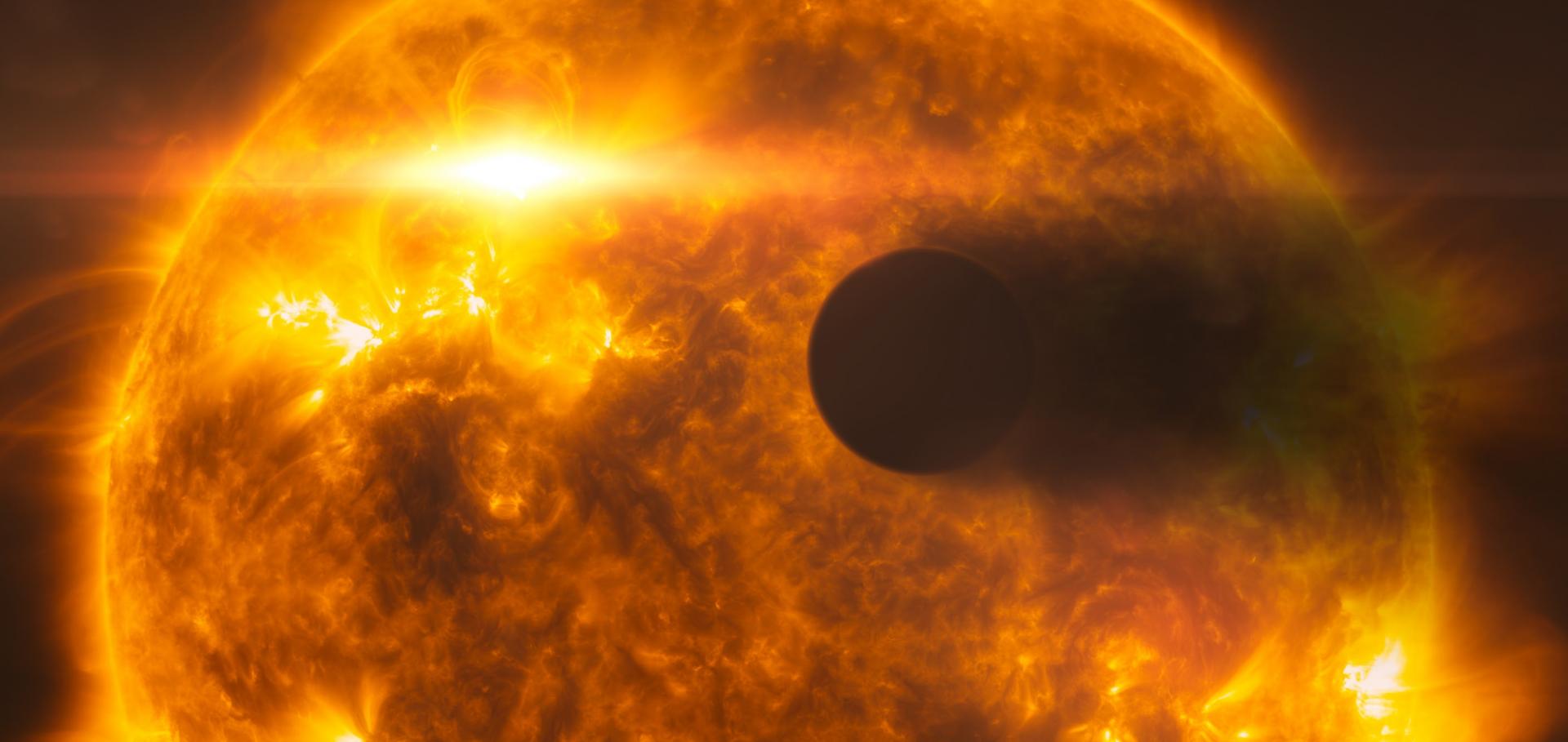Pleiades or Not? Resolving the Status of the Lithium Rich M Dwarfs HHJ339 and HHJ430
(2020)
The spectral impact of magnetic activity on disc-integrated HARPS-N solar observations: exploring new activity indicators
MONTHLY NOTICES OF THE ROYAL ASTRONOMICAL SOCIETY 494:3 (2020) 4279-4290
Abstract:
© 2020 Oxford University Press. All rights reserved. Stellar activity is the major roadblock on the path to finding true Earth-analogue planets with the Doppler technique. Thus, identifying new indicators that better trace magnetic activity (i.e. faculae and spots) is crucial to aid in disentangling these signals from that of a planet's Doppler wobble. In this work, we investigate activity related features as seen in disc-integrated spectra from the HARPS-N solar telescope. We divide high-activity spectral echelle orders by low-activity master templates (as defined using both logR _ HK and images from the Solar Dynamics Observatory, SDO), creating 'relative spectra'.With resolved images of the surface of the Sun (via SDO), the faculae and spot filling factors can be calculated, giving a measure of activity independent of, and in addition to, logR ' HK.We find pseudo-emission (and pseudoabsorption) features in the relative spectra that are similar to those reported in our previous work on α Cen B. In α Cen B, the features are shown to correlate better to changes in faculae filling factor than spot filling factor. In this work, we more confidently identify changes in faculae coverage of the visible hemisphere of the Sun as the source of features produced in the relative spectra. Finally, we produce trailed spectra to observe the radial velocity component of the features, which show that the features move in a redward direction as one would expect when tracking active regions rotating on the surface of a star.LATTE: Lightcurve Analysis Tool for Transiting Exoplanets
The Journal of Open Source Software The Open Journal 5:49 (2020) 2101
The spectral impact of magnetic activity on disk-integrated HARPS-N solar observations: exploring new activity indicators
(2020)
Mon-735: a new low-mass pre-main-sequence eclipsing binary in NGC 2264
Monthly Notices of the Royal Astronomical Society Oxford University Press 495:2 (2020) 1531-1548


